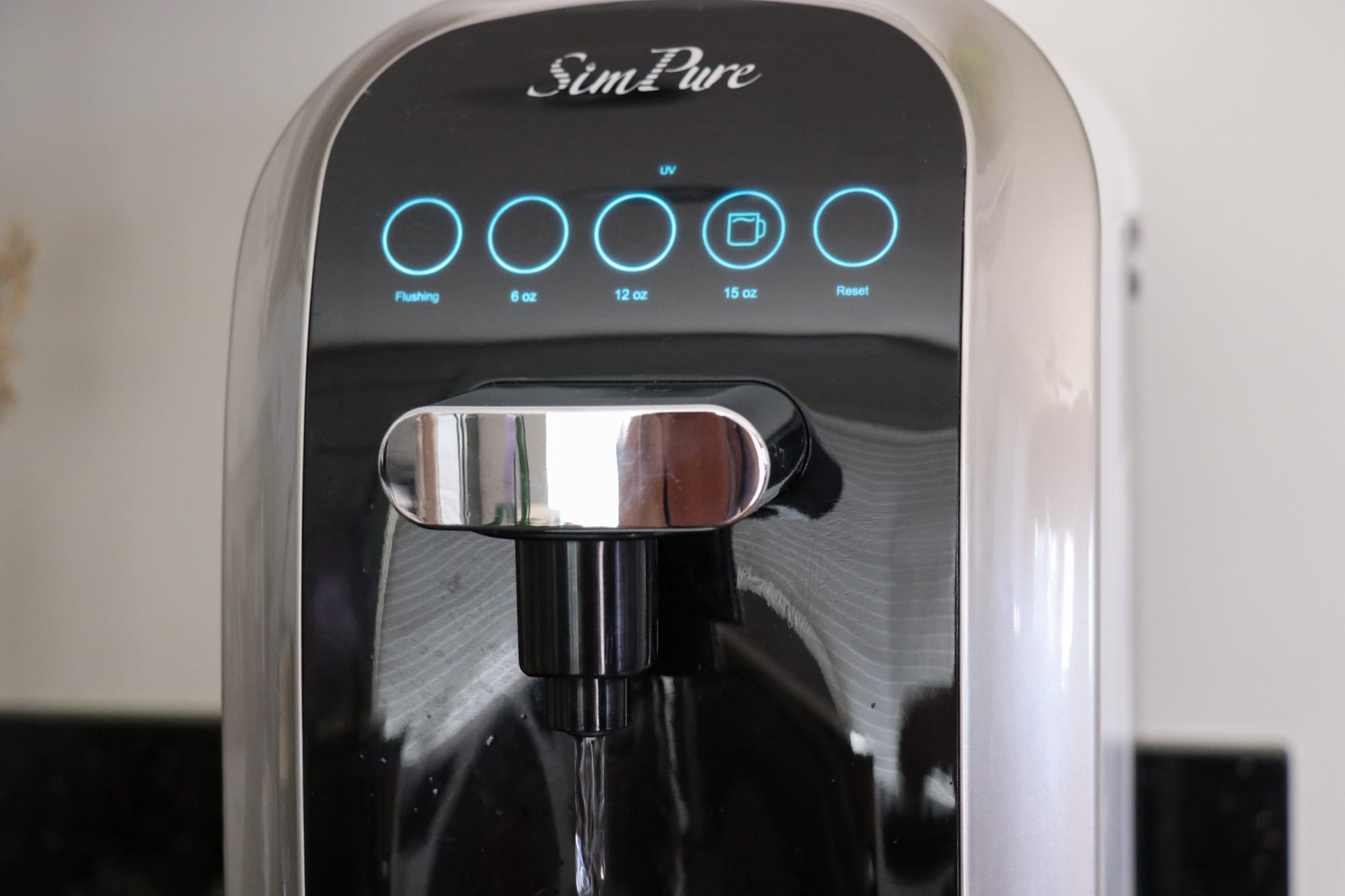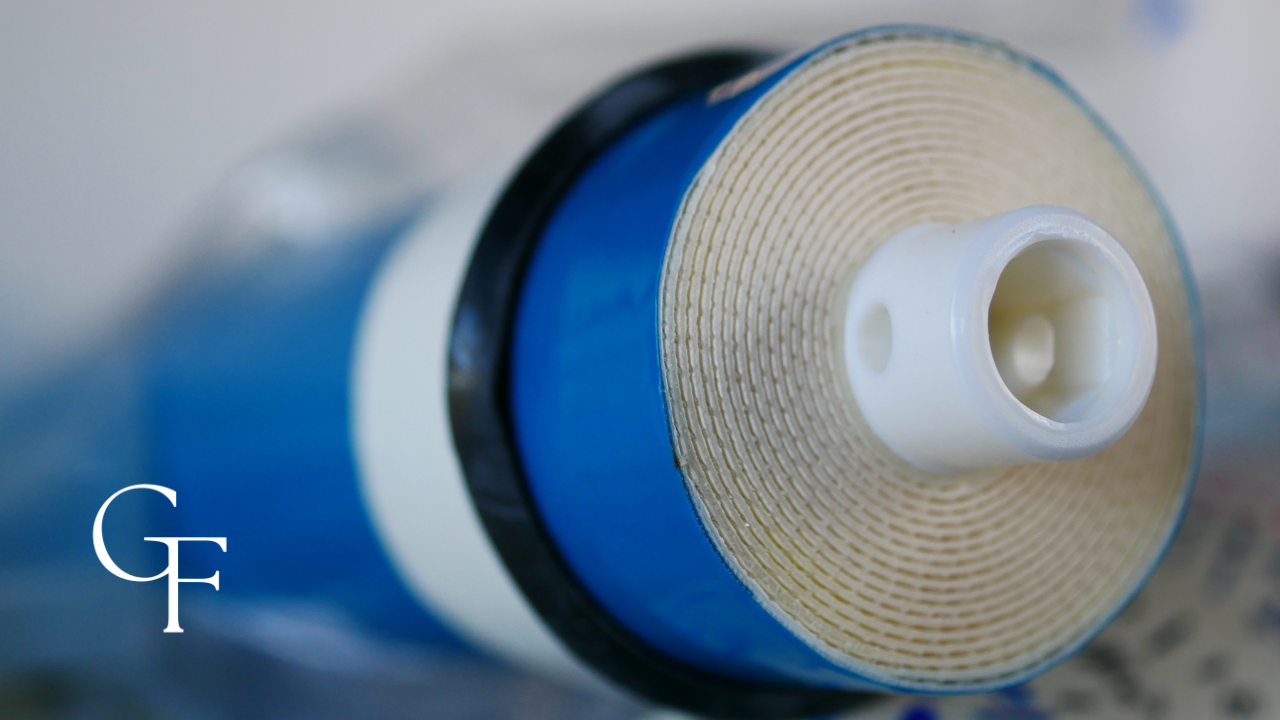
In the broad world of water filtration systems, reverse osmosis (RO) water is gaining considerable attention these days, and for good reason.
I'm definitely not a "water specialist," nor am I a doctor or even a scientist, for that matter. However, I have spent nearly a decade in the U.S. Navy as a commissioned officer and have worked directly with reverse osmosis systems, as they have been the primary method of producing drinkable water on each of the ships I served on.
Having worked in the engineering department during one of my tours of duty, I can say that it is a great way to filter and consume water.
This is all because reverse osmosis filtration effectively removes all impurities, ensuring a safe, clean, and smooth drinking water experience.
Introduction to Reverse Osmosis
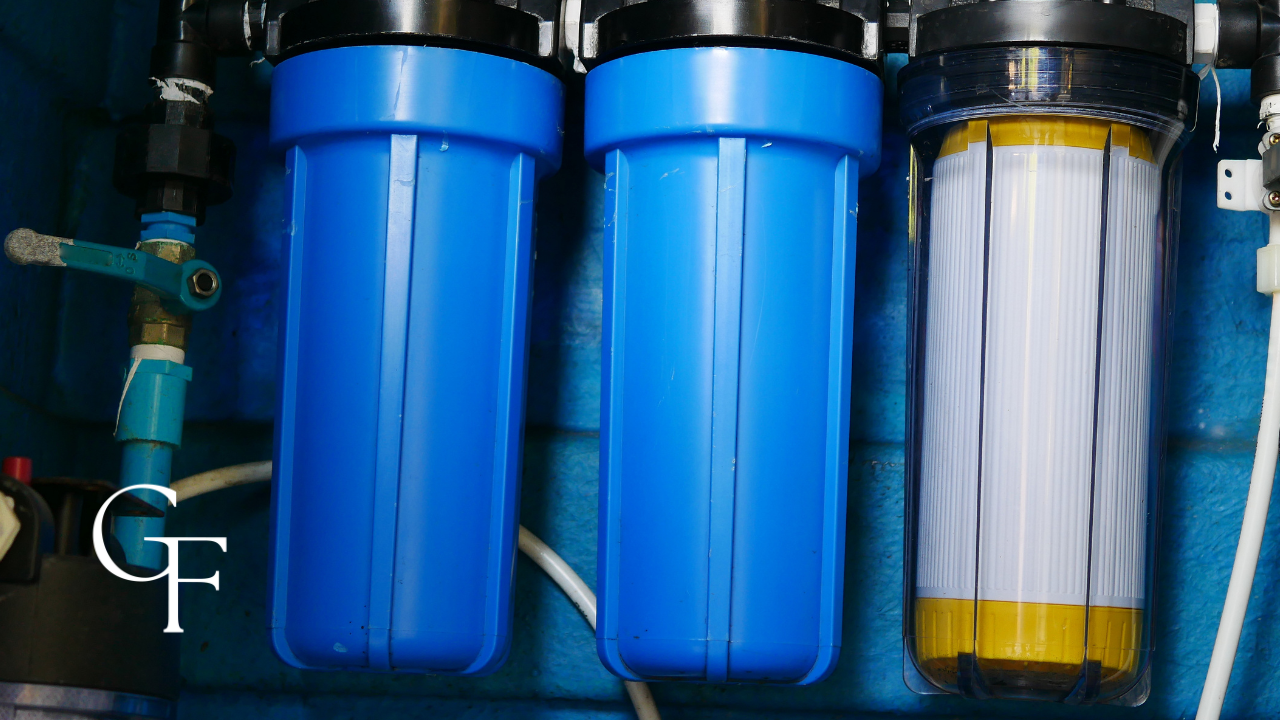
Reverse osmosis is a water filtration method that uses a semi-permeable membrane to remove impurities from drinking water.
The reverse osmosis membrane is designed to filter out contaminants, resulting in clean and pure water.
The reverse osmosis process effectively removes a wide range of contaminants, including volatile organic compounds and dissolved solids. Reverse osmosis water is considered one of the safest and healthiest types of drinking water.
How Reverse Osmosis Works
Reverse osmosis is a water purification method that utilizes pressure to force water molecules through a semi-permeable membrane, removing contaminants such as salt, minerals, and larger molecules.
At the heart of the RO system is the semi-permeable membrane, which filters out harmful contaminants through tiny pores that let water molecules pass while blocking larger contaminants.
As water is pushed through the membrane under pressure, contaminants stay behind on the feed water side and are flushed away as wastewater. The purified water then passes through the membrane and is collected for use.
In total, the reverse osmosis process involves multiple stages, including pre-filters, a reverse osmosis membrane, and post-filters.
The pre-filters eliminate large particles and sediment, while the reverse osmosis membrane removes smaller impurities.
The post-filters remove any remaining impurities, improving the water's taste and odor. The system is designed to be efficient and effective, delivering a large amount of clean drinking water to the user.
Should You Consume Reverse Osmosis (RO) Water?
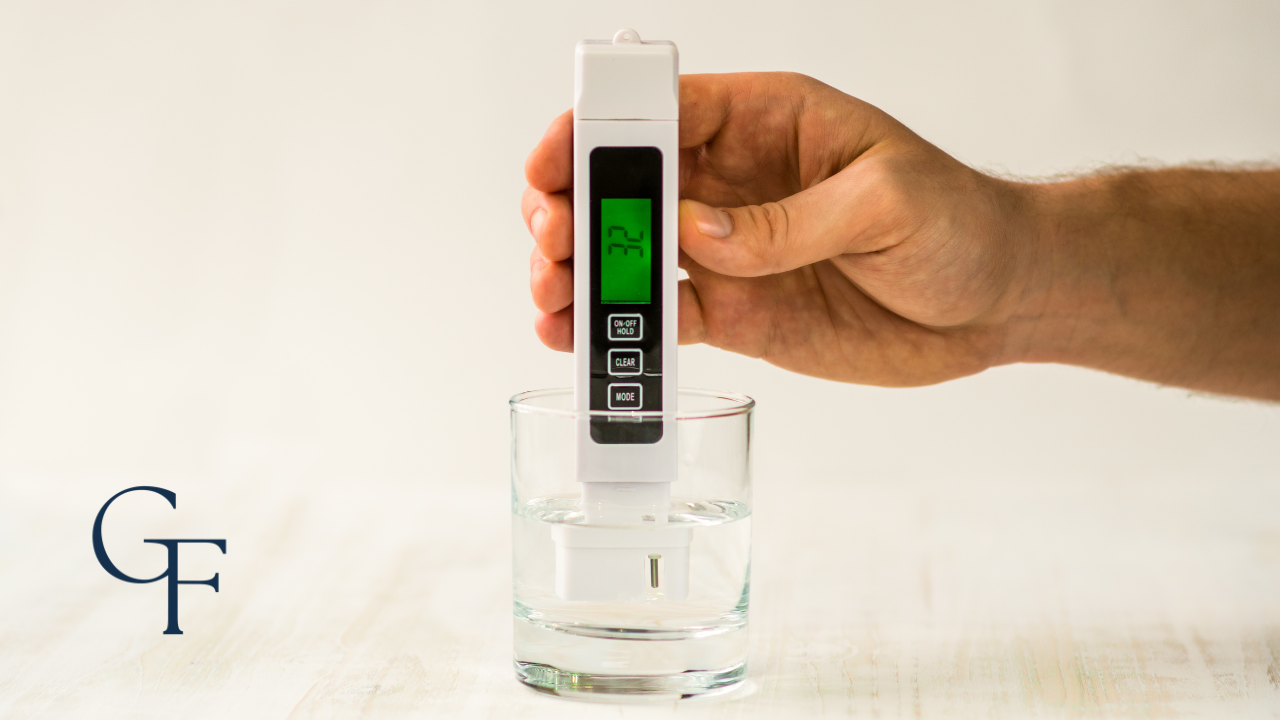
The answer is: it depends...
I'm not here to argue with anyone, but the fact that I am now writing about reverse osmosis water shows that I support it — and no, it’s not just because of my time in the Navy.
Any basic TDS meter (total dissolved solids) will display the total amount of dissolved matter in your water. This is just one important factor for evaluating water quality.
However, measuring TDS in water is a quick and straightforward way to get a general idea of water quality, although it doesn't consider every essential factor.
Often, the higher the number, the worse the quality of drinking water. Of course, not all solids in water are dangerous, but with conventional municipal tap water, we're often exposed to a concerning level of contaminants.
Reverse osmosis systems effectively remove contaminants, including heavy metals, industrial chemicals, sediment, etc.
Using a reverse osmosis system can help lower the risk of waterborne diseases and boost overall health.
What About Fluoride?

Let's talk about fluoride.
Most reverse osmosis water filtration units, whether installed or standalone, will remove fluoride from drinking water, either entirely or almost completely.
I'm not about to open Pandora's Box by claiming that nobody should drink fluoridated water because I'm not a scientist or medical professional (see the Health Disclaimer above).
However, I WILL argue that there is a wealth of research supporting the notion that elevated fluoride levels in drinking water can hurt our health, particularly affecting our thyroid and brain health.
It's easy to see why local governments add fluoride to public water supplies, as it has proven effective in preventing tooth decay since its introduction in 1945 in Grand Rapids, Michigan, and it has largely succeeded in doing so.
However, there is no denying that high levels of fluoridation can be toxic, and when most other countries—especially in Europe—choose not to fluoridate their water and still have longer life expectancies, it makes one wonder if some of the chemicals Americans encounter daily, like in drinking water, are actually harming our health, particularly when combined with the already poor American diet.
I'll let YOU decide which science makes more sense since there's a significant amount of literature on both sides of the argument, and more keeps emerging. However, when I see certain states in the U.S. starting to ban fluoride in water, I can't help but wonder if they might be onto something.
Clearly, this is a sensitive topic...
In fact, there are lawsuits in America from families who claim that their children got sick due to high levels of fluoride in their water, and there are also lawsuits from people who say their families' teeth are in poor health because there isn't enough fluoride...
You likely already have an opinion on this or will develop one soon. HOW you choose to proceed is YOUR decision.
Moving on.
Benefits of Reverse Osmosis Drinking Water (Is It Better Than Bottled Water?)
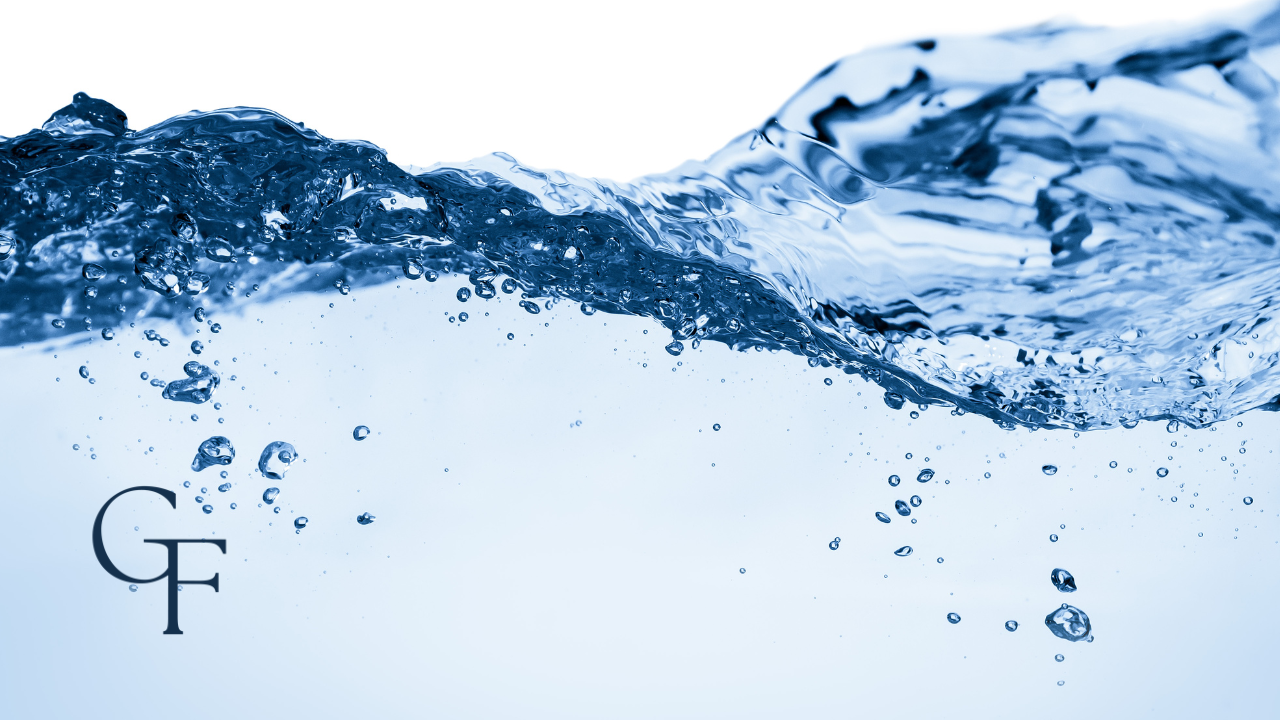
As stated previously, reverse osmosis water is considered one of the healthiest types of drinking water due to its high purity and lack of contaminants.
The reverse osmosis process removes a wide range of impurities, including chlorine, lead, mercury, and harmful bacteria.
RO water is also a cost-effective alternative to bottled water, as it can be produced at home using a reverse osmosis system (more on this effectiveness in a bit).
Health Benefits
Drinking reverse osmosis water may help reduce the risk of health issues associated with contaminated water, thanks to its lengthy filtration process.
Removing impurities and contaminants can enhance overall health and well-being. RO water is also an excellent choice for people with weakened immune systems, as it offers a safe and healthy drinking water source.
Improved Taste
Drinking reverse osmosis water can also enhance the taste and smell of food and drinks, making it an excellent choice for cooking and entertaining.
As one can imagine, the reverse osmosis filtration process produces very clean, smooth, fresh, and tasty water that is free of harmful substances and contaminants.
What About Essential Minerals?
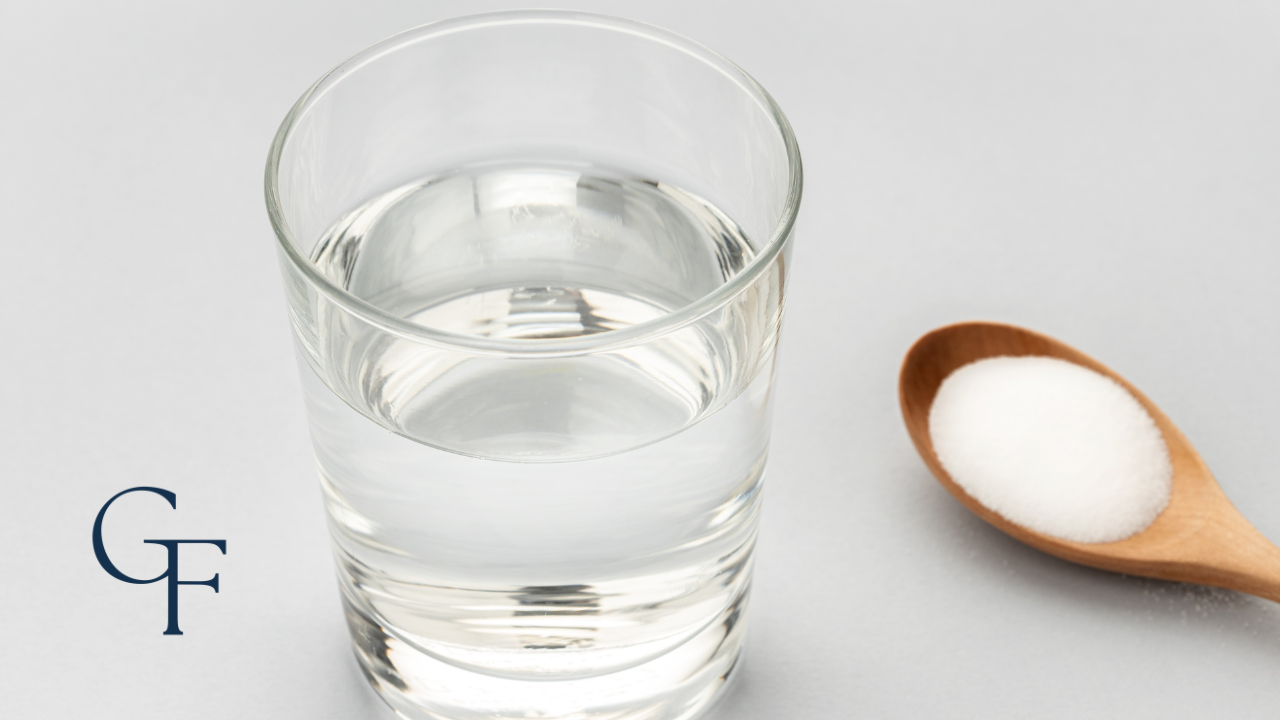
Reverse osmosis water is often criticized for removing beneficial minerals from the water. However, the human body can obtain essential minerals from a balanced diet, so it’s not necessary to rely on drinking water as a mineral source.
Some RO systems, such as the SimPure Y9A 300GPD, also feature a remineralization stage that adds beneficial minerals back into the water.
Reverse osmosis water is still a healthy and safe choice, even without the addition of beneficial minerals.
Cost-Effectiveness
Reverse osmosis systems offer an affordable alternative to bottled water because they can generate clean, pure water right at home.
Using a reverse osmosis system can save money on bottled water and decrease plastic waste.
The cost of an RO system can vary depending on its type and size; however, it’s a valuable investment for anyone seeking to improve their health and well-being.
This is especially true since these systems can also help reduce healthcare expenses by providing a safe and healthy drinking water source.
The Best & Most Cost-Effective Countertop Reverse Osmosis System for Your Home
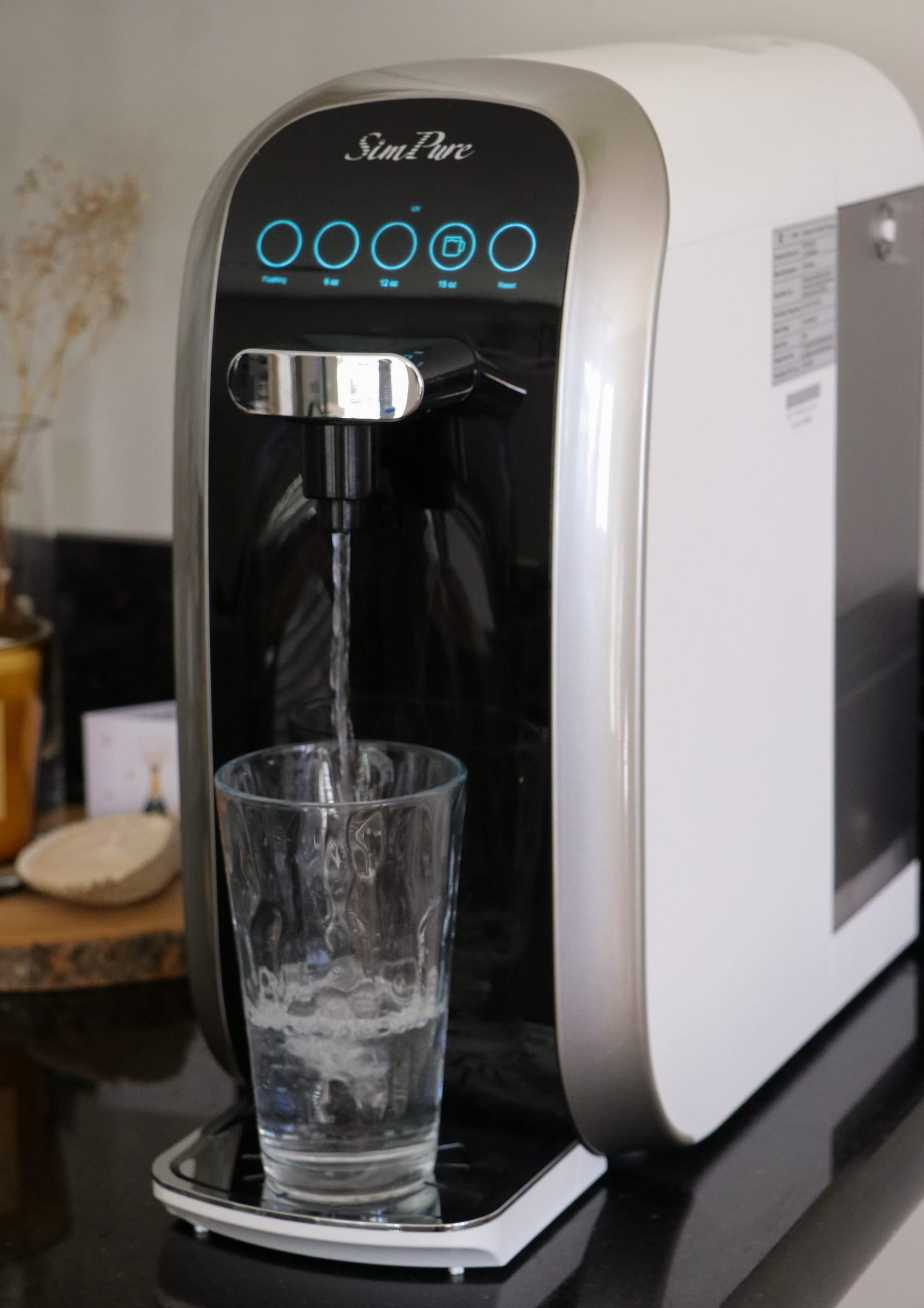
So, now that I've promoted reverse osmosis water, here's the best RO system I recommend right now:
This is a countertop unit that my wife and I have been using for a few months, and it has really made a difference! Here are some specifications of this RO system:
- 5-Stage Countertop RO Water Filtration System
- Zero Installation Water Filter Dispenser (CF & RO Filter Pre-installed)
- Water Shortage and Filter Replacement Alerts
- 4:1 Pure-to-Drain Ratio Countertop Reverse Osmosis System
- 6oz / 12oz / 15oz Water Auto Dispensing Countertop Water Filter Dispenser
- Against NSF/ANSI 58 Standards: SimPure Y7P-BW SGS Test Report Can be Found
For those seeking an extremely affordable system for their small home or apartment, I believe this is an ideal option.
With a 1.3-gallon (5L) storage tank and a 0.45-gallon (1.8L) internal service tank, this unit provides enough fresh RO water to serve you and your family throughout the day.
This SimPure unit is SGS tested and certified, meeting NSF/ANSI 58 standards. Its superior performance removes contaminants like TDS, nitrates, chlorine, lead, chromium, and yes, fluoride.
Jesus: The Water of Life

The benefits of reverse osmosis water cannot be overstated.
When we combine poor drinking water with a poor diet and a lack of exercise, we increase the risk of various diseases and illnesses, which is detrimental to everyone's health.
Although the upfront cost of a SimPure Y7P-BW UV reverse osmosis system may seem very high, especially considering that filters need to be replaced every few months (adding to the cost), I believe it is still a worthwhile investment.
When my wife and I compared the cost of buying purified water in glass or plastic bottles to filtering our water with a system like SimPure, we found that we spent less money over time and produced significantly less plastic waste.
In my opinion, this is something to consider.
Now that you've read this comprehensive guide to all things reverse osmosis, I hope you're better informed about how to move forward with best practices for your home and the type of water you're drinking.
No matter what you decide to do (if anything at all), remember that the only true water of life is Jesus Christ Himself, just as He told the Samaritan woman at the well during His ministry here on earth nearly two thousand years ago.
So, whether you drink RO water, tap water, sparkling water, mineral spring water, or even bean water, understand that Jesus is the only water that truly quenches any thirst we might have, offering us eternal life as a result.

